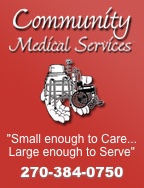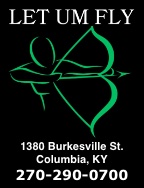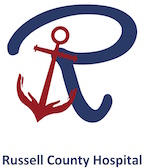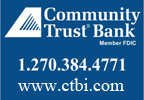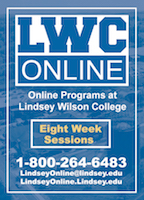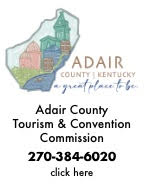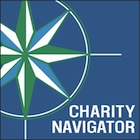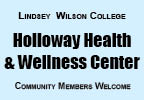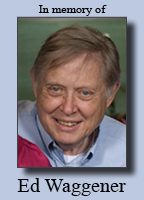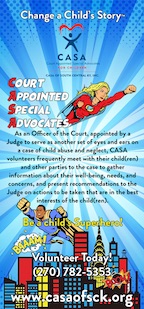| ||||||||||
Dr. Ronald P. Rogers CHIROPRACTOR Support for your body's natural healing capabilities 270-384-5554 Click here for details 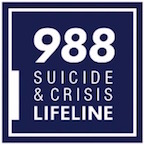


Columbia Gas Dept. GAS LEAK or GAS SMELL Contact Numbers 24 hrs/ 365 days 270-384-2006 or 9-1-1 Call before you dig Visit ColumbiaMagazine's Directory of Churches Addresses, times, phone numbers and more for churches in Adair County Find Great Stuff in ColumbiaMagazine's Classified Ads Antiques, Help Wanted, Autos, Real Estate, Legal Notices, More... 

|
Rev. Joey N. Welsh: LAINNETNEC YAW-GNORW Another Angle: the occasional musings of a Kentucky pastor Hart County News-Herald 21 January 2007 The next earlier Another Angle: Words of Sense, sensitivity, and civility By The Rev. Joey N. Welsh E-mail: joey_n_welsh@hotmail.com The title to this column is not some kind of typographical train wreck or electronic snafu. All you must do to understand it to read the letters right to left -- WRONG-WAY CENTENNIAL [2007]. Yesterday marked 103 years since the birth of one of the most interesting characters of the 20th Century. Douglas "Wrong Way" Corrigan was born in Galveston, Texas on January 22, 1907. People of faith are often concerned about going the "right way" in life and avoiding the "wrong way." Folks with a sense of order and tradition sometimes get wrapped up in making sure to do things the "right way" instead of the "wrong way." Douglas Corrigan gained his fame by going the "wrong way." I was unfamiliar with Corrigan's story when I was a child until I was at Grandma's house one day watching an episode of Gilligan's Island, a silly but addictive sit-com from the 1960's. The episode I was watching featured an appearance by actor Hans Conried. He played a hopelessly misguided aviator named "Wrong Way" Feldman who landed at the island of lost castaways because he was, of course, lost. Grandma walked through the room, staying long enough to tell me that the character on the show probably was based on an actual flier from years before who had been nicknamed "Wrong Way." She told me what little she remembered about the real-life aviator, then (as she often did) suggested that I look up the topic and read about him myself. I think her advice was a subtle hint that I might spend my time doing better things than watching television. Years later at a library book sale I came across Corrigan's autobiography. I bought and read it but had to throw it away soon thereafter, because the volume was coming apart. His life was worth writing -- and reading -- about. Corrigan was a teenager living in California when he developed an interest in aviation. He took flying lessons and made his first solo flight at the age of nineteen. His lessons were at the same airport from which Ryan Airlines did business. Corrigan got to know the owners of the flight service, and they gave him a job at their airplane factory, Ryan Aeronautical Company in San Diego. While at Ryan he worked on the wing assembly, control panel and gas tanks for a plane being constructed to meet the specifications of a pilot who had ordered a new and unique plane for long-distance flight. Corrigan and another worker, Dan Burnett, built wings that were about ten feet longer than any previously produced at the Ryan facility. This innovation gave the plane extra lift, allowing it to carry the maximum amount of fuel for a long and rigorous flight. The pilot who had ordered the plane was named Charles Lindbergh. The plane on which Corrigan labored also had a name: The Spirit of St. Louis. When Lindbergh prepared to leave California for New York and his trans-Atlantic flight, it was Corrigan who pulled the blocks away from the wheels and let the plane taxi onto the runway for its take-off. Corrigan was already a part of aviation history because of his work at Ryan Aeronautical, but he made more history on his own a few years later. Corrigan, who admired Charles A. Lindbergh greatly, set his sights on making a solo flight over the Atlantic as Lindbergh had done. He bought a plane, replaced its engines and adapted other features for long flights. By the mid-1930's he had been certified for coast-to-coast flights in this plane, but he could not gain permission for a flight over the Atlantic. His altered plane was examined in 1935 and ruled unfit for long flights over water. Corrigan tinkered with the plane repeatedly over the next few years, and he continued to make application to be certified for trans-Atlantic travel. Permission was denied time after time. On July 9, 1938, Corrigan had gained clearance for a round-trip flight from California to New York and back. He had some plane troubles on the way east, and he developed a fuel leak. He arrived in New York safely, and he was scheduled to return to California a few days later. When he left for the return trip, the plane headed east instead of west. A little over 28 hours later Corrigan landed in Dublin, Ireland, claiming to have made the flight because of navigational error. He had completed his Atlantic crossing, without official permission, and had earned the nickname "Wrong Way." Corrigan and his plane returned to New York by ship, and he received a massive ticker-tape parade and the adulation of thousands of admirers. In the years to come he published an autobiography, That's My Story, starred in an RKO movie about his own life, and was a test pilot for bombers during World War II. (He never admitted that his flight had been deliberate, though most flight historians believe that the trip was Corrigan's attempt to slash through red tape.) Corrigan married, and he and his wife grew oranges on an 18-acre grove in California in the 1950's and 60's. Following her death he sold the grove. After 1969 he continued to live in the house without having responsibility for the trees. Soon thereafter the orange grove was developed for a housing tract that bears his name. Douglas "Wrong Way" Corrigan died on December 9, 1995. Though he was reclusive in later years, he had attended a 1988 event celebrating the golden anniversary of the famous flight. His plane had been renovated for the occasion, and its engine did start. Event organizers kept the antique plane under close watch; Corrigan had appeared to be so thrilled at the sight of the old plane that they had feared he might try to fly it away. "Wrong Way" had lived life his way, and a century after his birth he and his nickname are remembered still. I'm not sure there's much of a moral to his story, but his life must have been an exciting ride! E-mail: joey_n_welsh@hotmail.com This story was posted on 2011-01-23 04:25:37
Printable: this page is now automatically formatted for printing.
Have comments or corrections for this story? Use our contact form and let us know. More articles from topic Commentary:
Jim gives tip on checking out charities COF comments on Farmall Grader, Knifley undercount 100 years later: Knifley, KY goodness report awaits thaw Rev. Joey N. Welsh: Words of Sense, sensitivity, and civility Map to quality education drawn by us all Better Education versus The Best education? Serenity of scene, Before Dawn at GRL, profound Rev. Joey N. Welsh. Poets for December: Jean de Brebeuf Big Rig Trucker: Fatalities can be avoided COF Extrapolates on Extrapolation: CM misses point, he says View even more articles in topic Commentary |
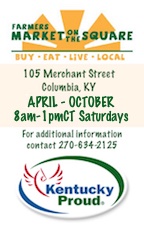
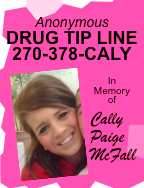
|
||||||||
|
| ||||||||||
|
Quick Links to Popular Features
Looking for a story or picture? Try our Photo Archive or our Stories Archive for all the information that's appeared on ColumbiaMagazine.com. | ||||||||||
|
Contact us: Columbia Magazine and columbiamagazine.com are published by Linda Waggener and Pen Waggener, PO Box 906, Columbia, KY 42728. Please use our contact page, or send questions about technical issues with this site to webmaster@columbiamagazine.com. All logos and trademarks used on this site are property of their respective owners. All comments remain the property and responsibility of their posters, all articles and photos remain the property of their creators, and all the rest is copyright 1995-Present by Columbia Magazine. Privacy policy: use of this site requires no sharing of information. Voluntarily shared information may be published and made available to the public on this site and/or stored electronically. Anonymous submissions will be subject to additional verification. Cookies are not required to use our site. However, if you have cookies enabled in your web browser, some of our advertisers may use cookies for interest-based advertising across multiple domains. For more information about third-party advertising, visit the NAI web privacy site.
| ||||||||||






